The Yellow Room at 39, Brook Street: Perfection in design from the woman with 'the finest taste of anyone in the world' and her talented artisan partner
Jack Watkins takes a look at the Yellow Room, the famed space in Mayfair that brought out the very best in Nancy Lancaster and John Fowler.
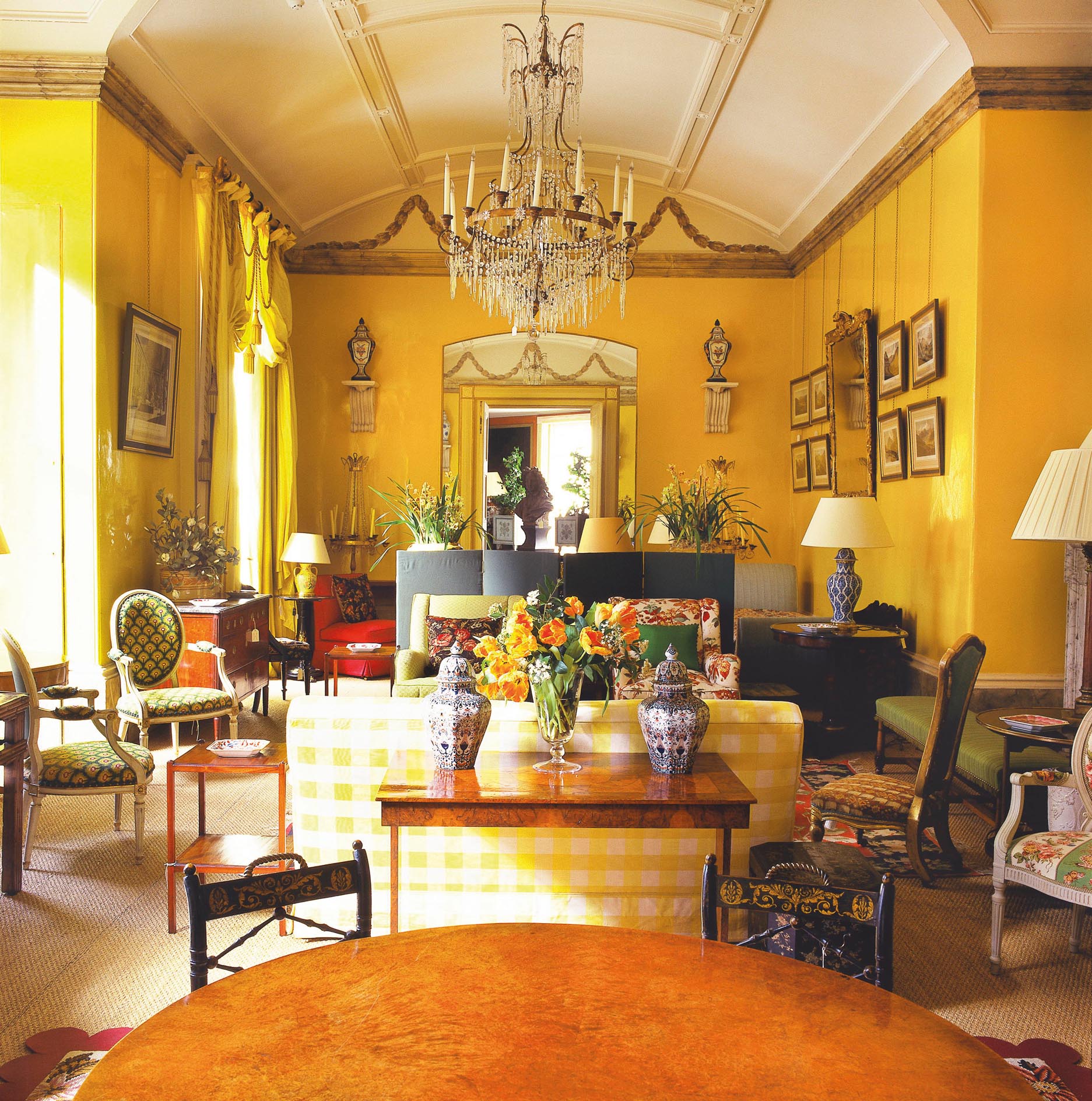

Nancy Lancaster and John Fowler were a fractious pairing, ‘the most unhappy unmarried couple in England,’ as Lancaster’s aunt Nancy Astor put it, but their imaginative dynamic brought spectacular results. Not the least of their creations was the Yellow Room, at 39, Brook Street, Mayfair, ‘a tour de force in decorating and one of the finest rooms created in the post-war period,’ according to their biographer Martin Wood.
They came from different ends of the spectrum. Lancaster, the daughter of a wealthy cotton broker, had been born in the leafy Old South state of Virginia and moved to England in 1927. Lacking formal training, she had a talent for redesigning the interiors of large English houses to suit the ends of comfort, as well as elegance, and acquired the oft-quoted reputation of having ‘the finest taste of anyone in the world’. The irony of one of the main originators of the academically doubtful, so-called English country-house style being an American has been much noted.
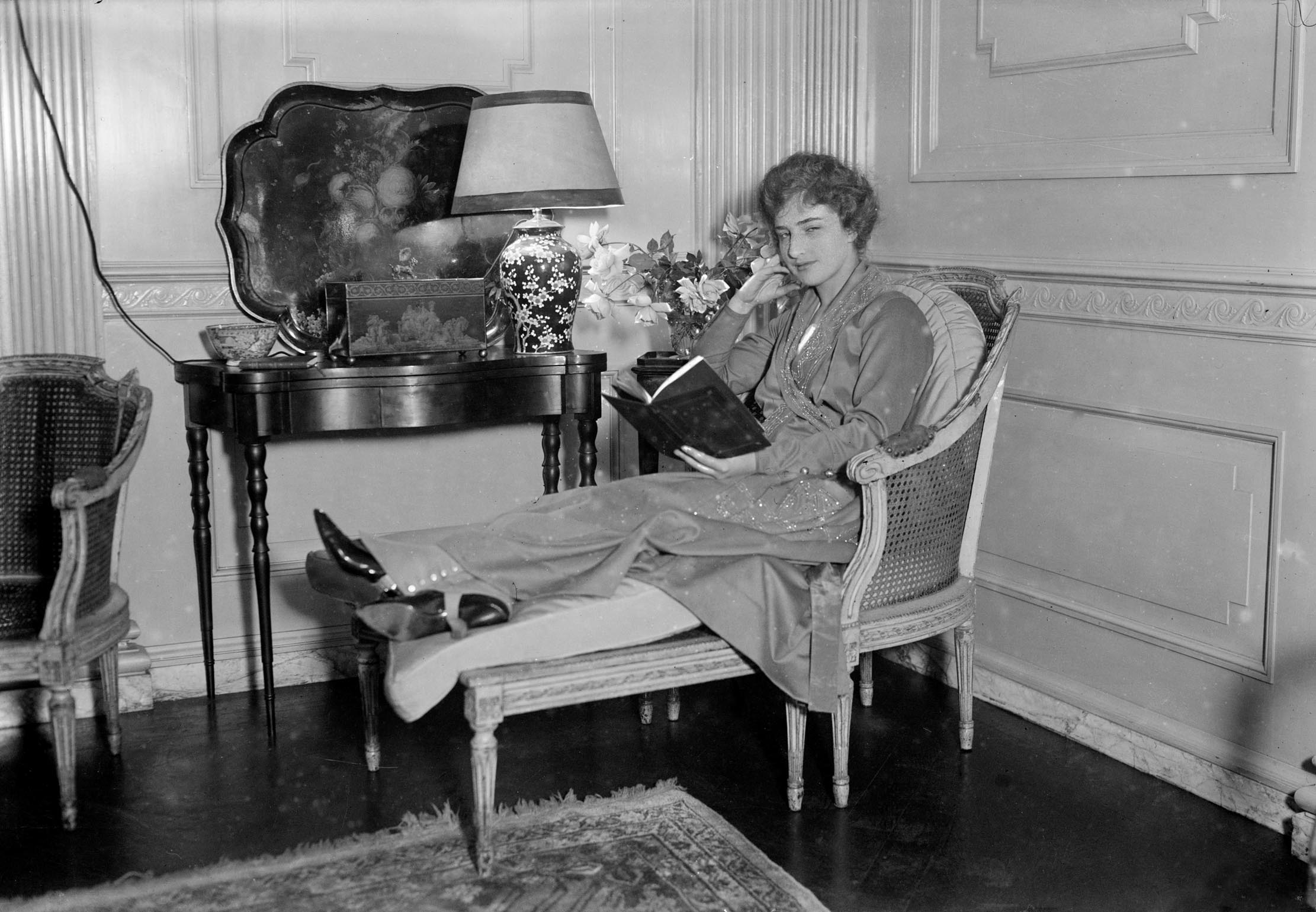
Fowler was a genuine artisan with a talent for creating stylish interiors, specialising in wallpaper (he painted chinoiserie wallpaper by hand), printing and upholstery. He began working for Sibyl Colefax’s interior-decorating business in Mayfair in 1938, the firm name changing to Sibyl Colefax & John Fowler a year later (as it remains).
Although she designed for the elite, Colefax’s views accorded with those of Fowler’s, that ‘a room must be essentially comfortable, not only to the body but to the eye… well behaved but free from too many rules… mannered yet casual and unselfconscious’. He would find another partner with a similar philosophy when Lancaster bought out her friend Colefax in 1948.
Lancaster shared his liking for ‘humble elegance’ and their re-use of the well-worn in the creation of interiors of easy dishevelment chimed with post-war austerity. However, the business’s financial footing wasn’t the strongest, so, in 1957, the ground floor of 39, Brook Street was sub-let. Lancaster, who had sold her London house, took out a lease on the upstairs rooms to create a new apartment.
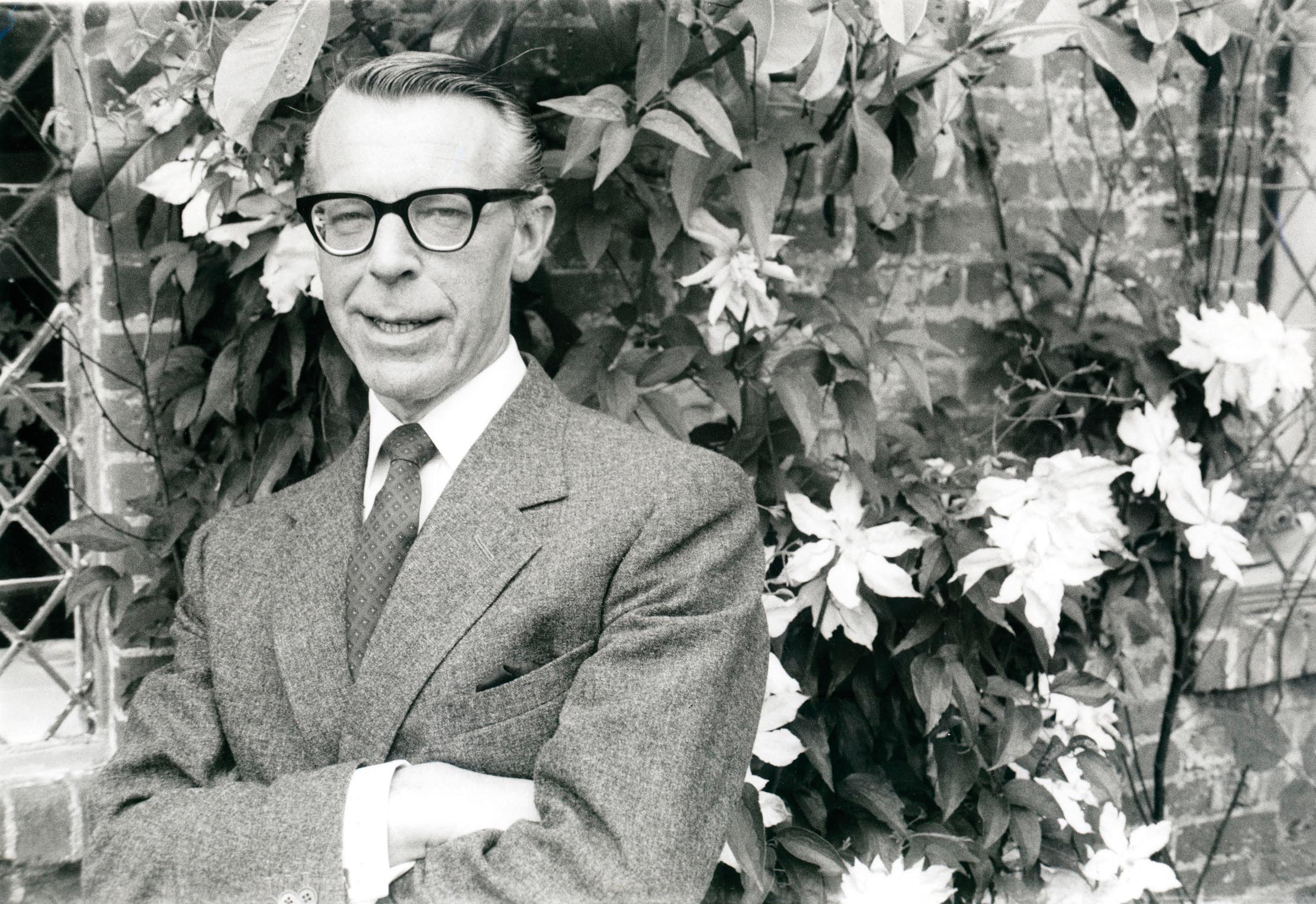
This was no ordinary pied-à-terre. The property, which dated back to the 1720s, was once the home and office of Sir Jeffry Wyatville, of the Wyatt architectural dynasty, most noted for his rebuilding of Windsor Castle (39, Brook Street is Grade II* listed and bears an English Heritage blue plaque to Wyatville). What had been his drawing office, destined to become the fêted Yellow Room, measured 46ft by 16ft and had a barrel-vaulted ceiling. Now, it was to serve as a dining room, sitting room, office and library all in one.
The idea of painting the room a lively yellow was, apparently, Fowler’s. As many shades as possible were used, leading commentators over the years to describe it as egg-yolk, buttercup, buttah yellah, golden, pekin or plain glossy. Not content with leaving it at that, Fowler then applied layers of glaze so that the walls shimmered in the light. Unfortunately, the room was painted so many times to build up the colour that it proved impossible to re-create it accurately in a later restoration.‘If every piece is perfect, the room becomes a museum and lifeless,’ Lancaster once said, and the Yellow Room became the ultimate example of what she called ‘studied carefulness’, a stage set for clients to view the partnership’s work. Items of furniture were eclectically acquired from antique dealers, country-house auctions and warehouses, their dates ranging from the 18th to the 20th century. Venetian chandeliers hung either side of a larger one of Waterford glass. A trompe l’oeil effect simulated Siena marble on the skirting boards and cornice, which also had painted festoons. Fowler copied an 1840s design for the chintz chair coverings.
Sign up for the Country Life Newsletter
Exquisite houses, the beauty of Nature, and how to get the most from your life, straight to your inbox.
In his obituary of Lancaster, published in The Independent on her death aged 96 in 1994, Hugo Vickers described the room as holding two or 50 people in equal comfort and noted that it was always filled with flowers.
The room was restored in the 1990s, although the company showrooms have since relocated to Pimlico and the address is now home to a luxury boutique.
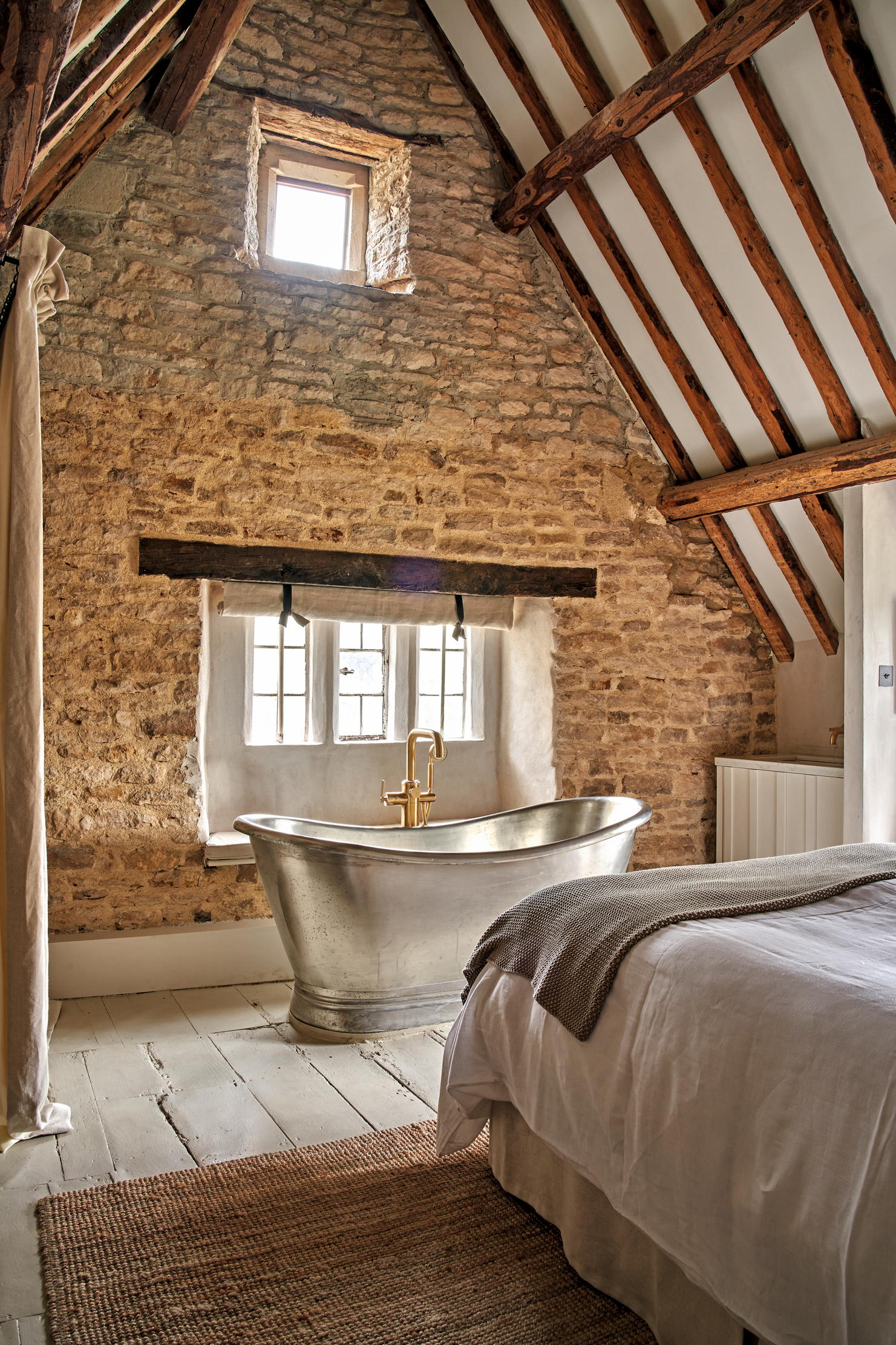
The best interior designers in Britain
Of all the decorating trends that have been in vogue over the last 50 years – be it Scandi, Minimalism

Credit: Getty
Britain's best interior designers on the paint colours you just can't go wrong with
People across the country are using their time to decorate, and with the big companies still running delivery services you're likely
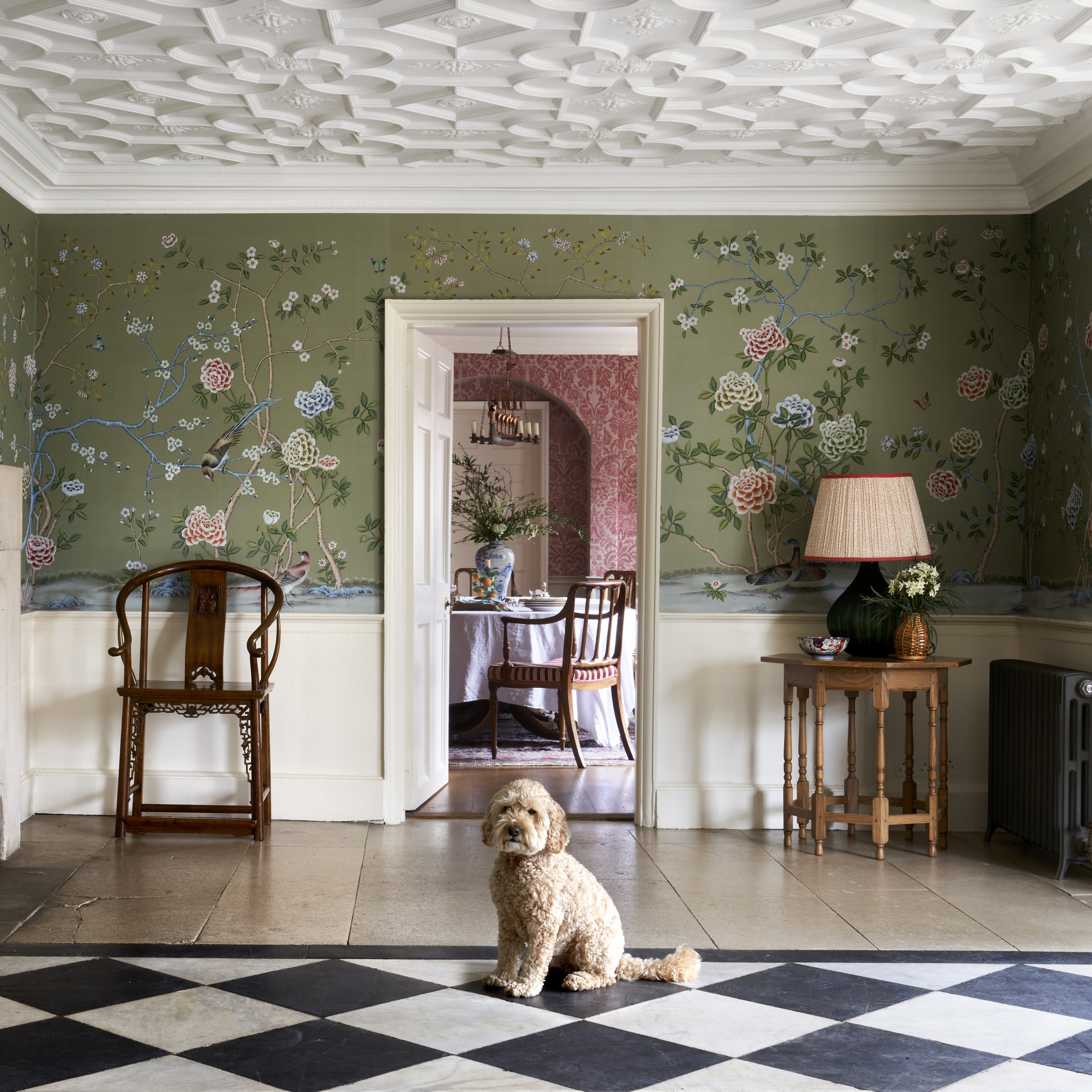
The Country Life Top 100 architects, interior designers, craftsmen, builders and garden designers in Britain
It's now six years since the original Country Life Top 100 was published, but the aim hasn't changed: we name
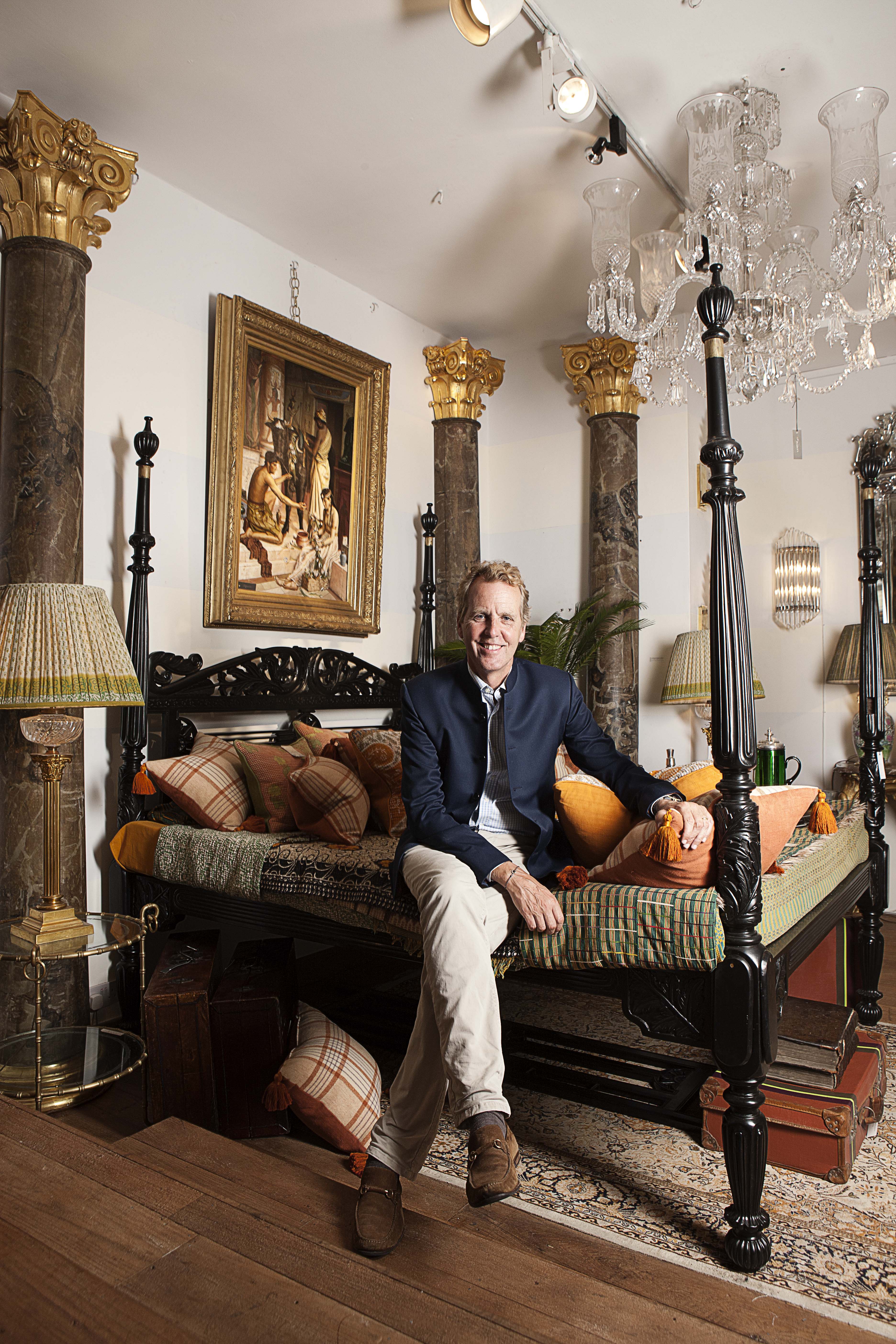
Antique dealers and interior designers on the objects they would never sell
When wonderful objects come into your hands on a daily basis, how does something become so special that you couldn't
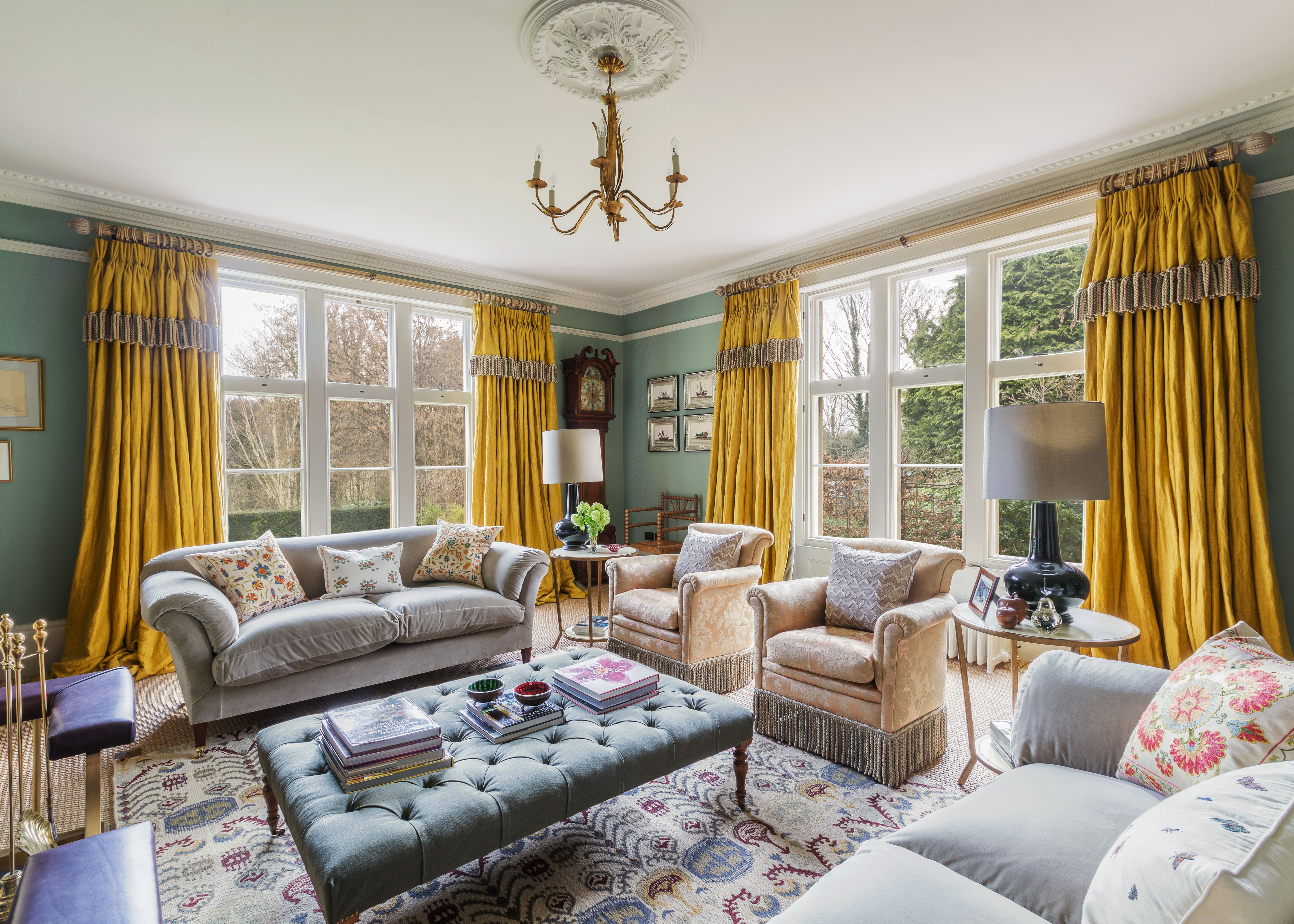
Credit: Radu Palicica
The secrets of good lighting, from plug placement down to dimmer switches
Interior designer Charlotte Crosland reveals the secrets of good lighting.
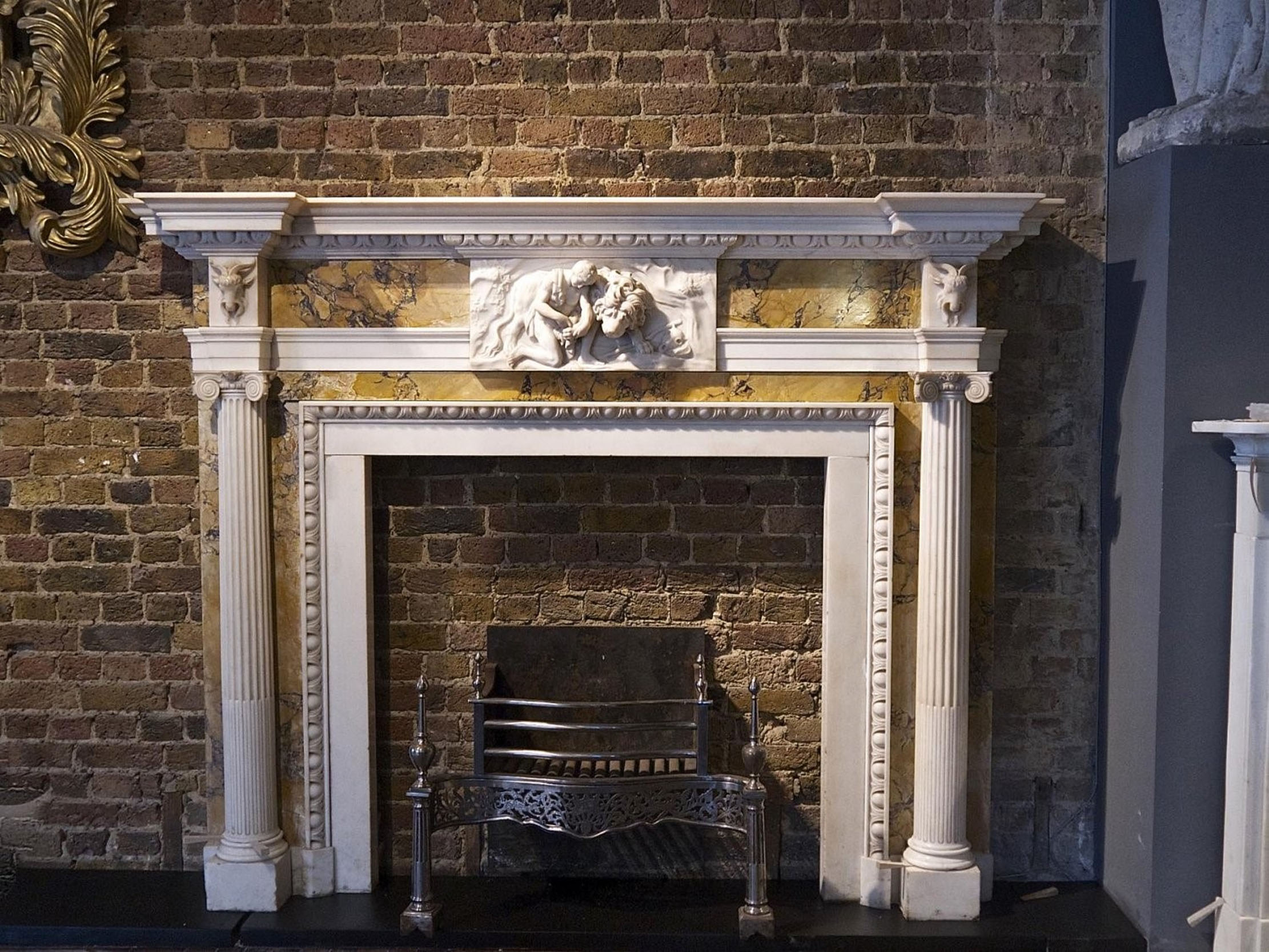
Credit: Renaissance London
The secret life of fireplaces, and the fascinating tales they tell about the houses which host them
Fireplaces have all manner of wonderful stories to tell, as Amelia Thorpe discovers.
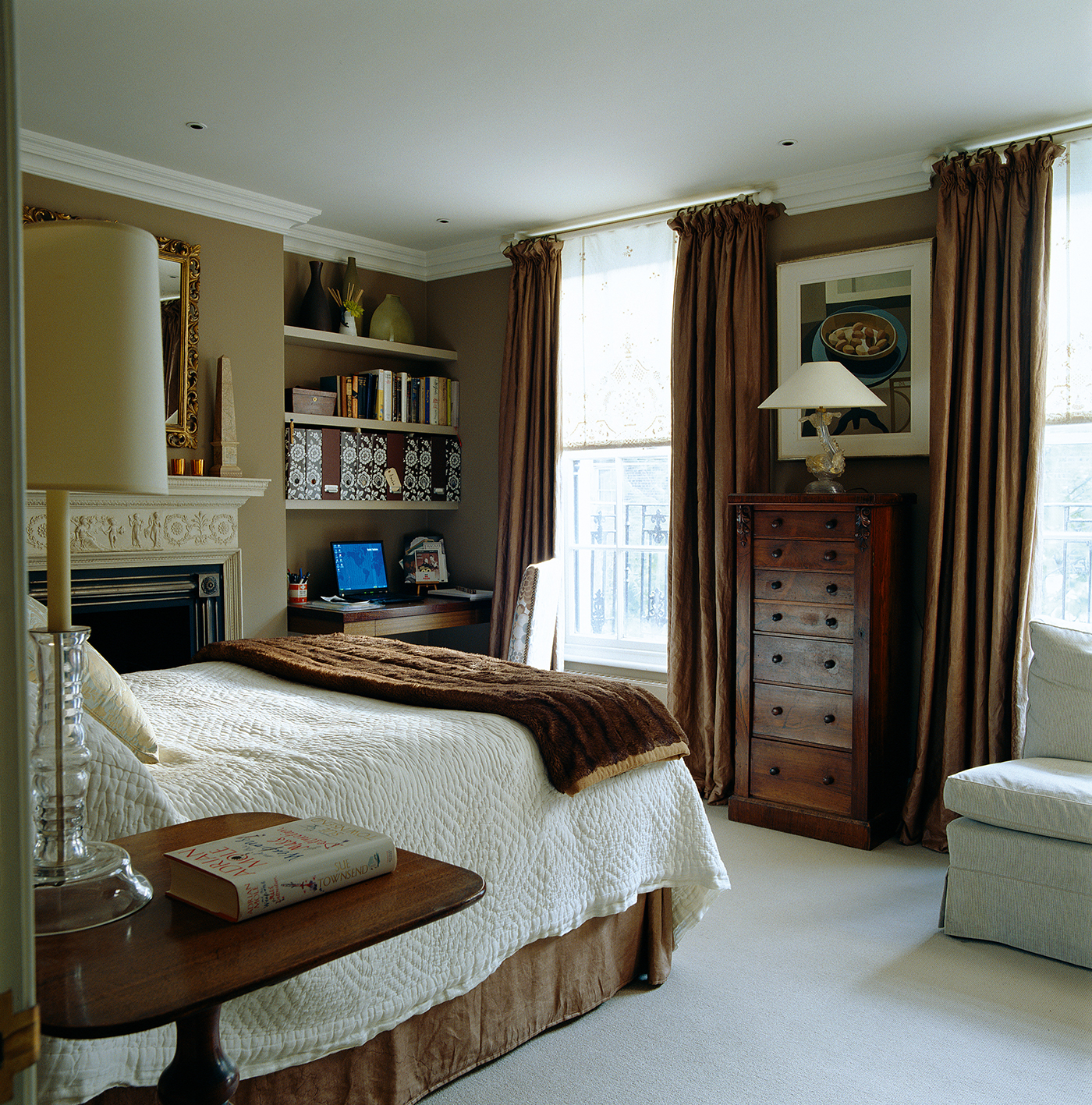
A room with a shockingly radical solution to finding its focal point: bricking up a window and building a new fireplace
Emma Burns transformed the sitting room of this London townhouse into an elegant bedroom — but not without making a major
Somerset born, Sussex raised, with a view of the South Downs from his bedroom window, Jack's first freelance article was on the ailing West Pier for The Telegraph. It's been downhill ever since. Never seen without the Racing Post (print version, thank you), he's written for The Independent and The Guardian, as well as for the farming press. He's also your man if you need a line on Bill Haley, vintage rock and soul, ghosts or Lost London.
-
 A Grecian masterpiece that might be one of the nation's finest homes comes up for sale in Kent
A Grecian masterpiece that might be one of the nation's finest homes comes up for sale in KentGrade I-listed Holwood House sits in 40 acres of private parkland just 15 miles from central London. It is spectacular.
By Penny Churchill
-
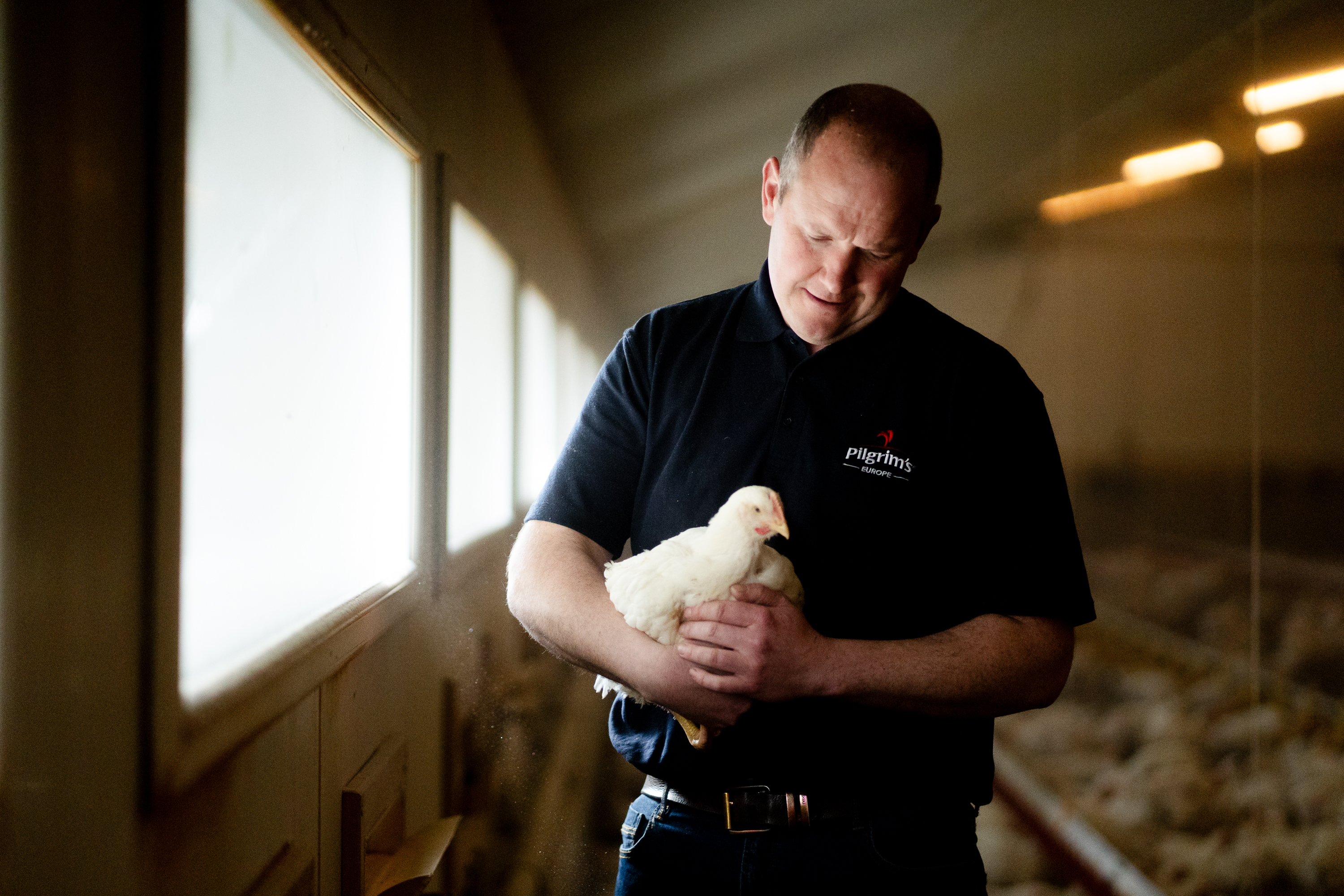 What the cluck? Waitrose announces ‘trailblazing’ pledge to help improve chicken welfare standards
What the cluck? Waitrose announces ‘trailblazing’ pledge to help improve chicken welfare standardsWaitrose has signed up to the Better Chicken Commitment, but does the scheme leave Britain open to inferior imports?
By Jane Wheatley